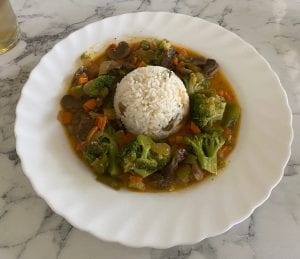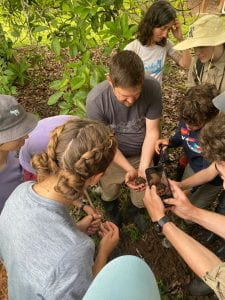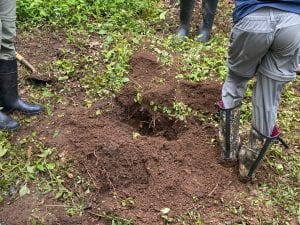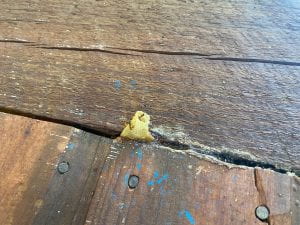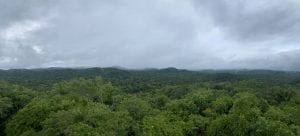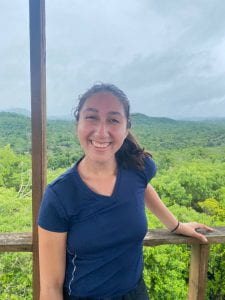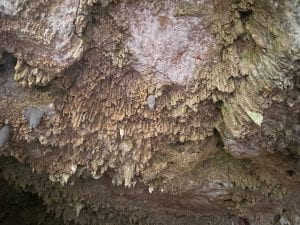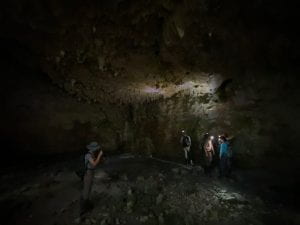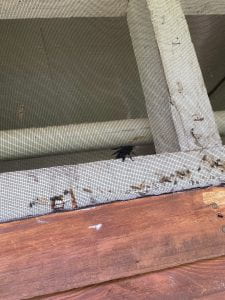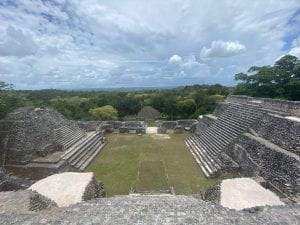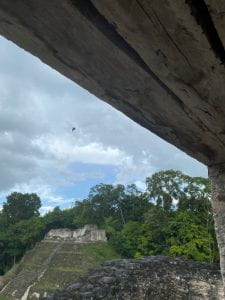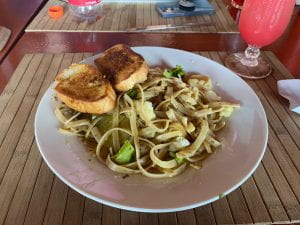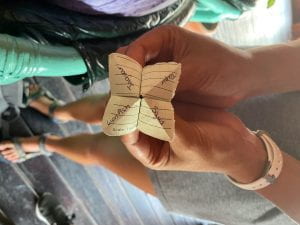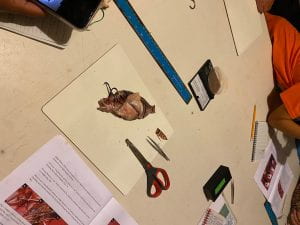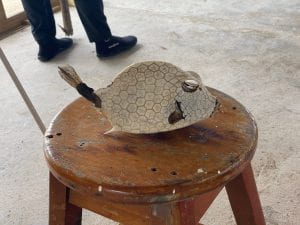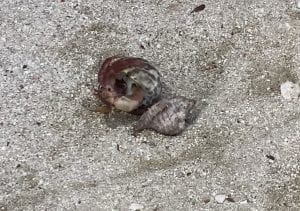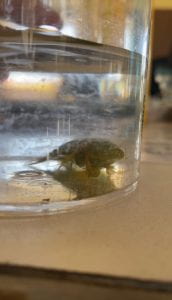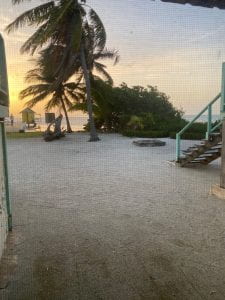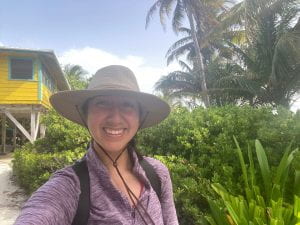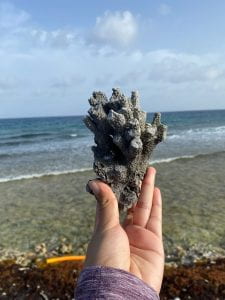Hi everyone!
Our 2022 TFB adventure has come to an end. Yet, this adventure leaves me with so many great memories. I have got to say that coming into the course I was a little nervous about several things.
First off, going on a trip with many people, that I had either never met or did not know very well at the time, was a little nerve racking. Yet, this itself turned out to be a great opportunity to meet so many new people with awesome talents and personalities; with this trip we got to form a little TFB community of our own. I recall that the first few days we were all a little awkward with each other, yet I think facing challenges together made us all come together much faster than the usual.
Another aspect that was a little daunting to me was doing fieldwork in two completely new environments, the rainforest and the reef! Most of my lab work has been bench work. By taking this class, I knew I would be challenging myself, yet I knew it would also be perhaps my only chance to experience a completely different side of research before graduating. I am so, so glad that I took a leap of faith in myself and did not back up from the challenge, as our experiences together were beyond amazing! Even as I am typing this I can’t believe that just a few days my friends and I were out there snorkeling near coral reefs with transects and quadrats or that we were hiking in the rainforest, observing its amazing diversity.
Something else that also made me slightly nervous was the food. As someone that is vegetarian, I have found that generally trips are not the best for someone with dietary restrictions. I was (very shocked) and so happy when I realized that on this trip it would not be a problem. Every meal was absolutely delicious! I am so grateful for the accommodations that those at the research stations did, it really made me feel at home.
One aspect that I originally was not worried about, yet became increasingly worried about was blood sucking insects (flies, sand fleas, and mosquitoes.) Yet, I think in general I’m lucky, I don’t think they find my blood all that tasty, as I got very few bites!
In general, mosquitoes and all, I am so grateful for this beautiful experience! I got to meet so many amazing people and got to experience a new form of research. I also got to spend time in Belize, a place were I continuously felt cherished by the people living there!
Thank you Belize! Thank you TFBs! And thank you Dr. Correa and Dr. Solomon!


